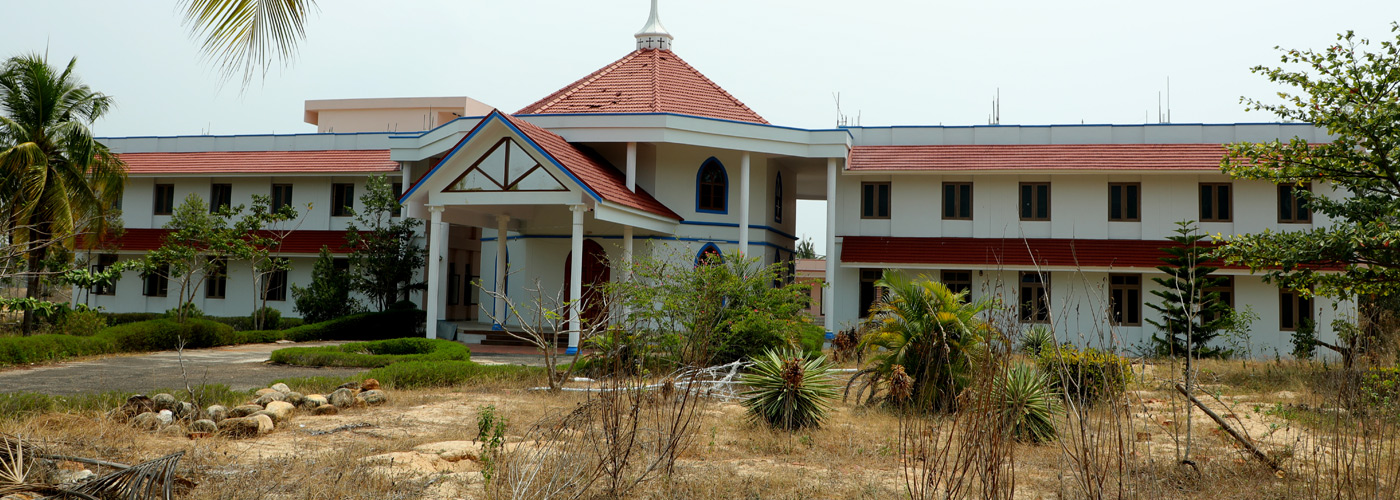

Family : ANACARDIACEAE
Synonym : Acajuba occidentalis (L.) Gaertn.
Common Names : Kappamavu, Kasumavu, Parangimavu, Cashew-nut tree, Cashew Apple, Caju
Flowering Period : November-April
Distribution : Native of South America; now widely cultivated in Asia and Africa
Habitat : Cultivated
Uses : Fruits edible, young leaf, stem edible. Cashew apple juice can be slightly fermented to become wine and can be distilled to produce strong alcoholic drinks. Both the fruit bark juice and the nut oil are said to be folk remedies for calluses, corns, warts, cancerous ulcers, and even elephantiasis. Cashew nut shell liquid (CNSL) an oil, is produced from pericarp. The wood can also be used as fuel. Older leaves are used in the treatment of skin afflictions and burns. Oily substances from the pericarp are used to heal cracks in the feet. Bark and leaves are used to treat sore gums and toothache. The extraction of the leaves is gargled to cure sore throat.
Key Characters: Gregarious evergreen trees, to 15 m high, bark pale grey to brown, smooth with vertical striations; blaze dull pink; exudation sticky, red; branchlets glabrous. Leaves simple, alternate, somewhat crowded on twig apices, 6-15.5 x 3-8 cm, obovate; apex obtuse, round or retuse, base acute or cuneate, round, margin entire, glabrous, shiny above, coriaceous; petiole 7-15 mm, stout, swollen at base, glabrous; lateral nerves 10-15 pairs, parallel, prominent, intercostae reticulate, prominent; glands axillary on main nerves and its branches. Flowers polygamous, yellow, streaked with pink, in terminal prominently bracteate panicles. Calyx 5-partite, lanceolate, imbricate, deciduous, with some pubescence on outside. Petals 5, linear-lanceolate, ligulate, recurved, imbricate; disc filling the base of the calyx, erect. Stamens 8-10, one usually longer than others; filaments connate at the base and adnate to the disc, glandular puberulus. Ovary superior, obovoid or obcordate, 1-celled, ovule 1, ascending from a lateral funicle; style filiform, excentric; stigma minute. Fruit a reniform nut, 2-3 cm, grey, seated on a large pyriform fleshy body formed of enlarged disc and top of the pedicel; pericarp gives acrid caustic oil; seed reniform, ascending.